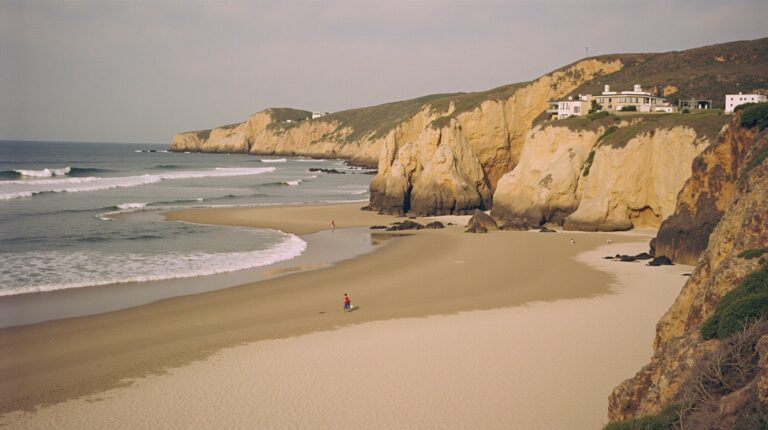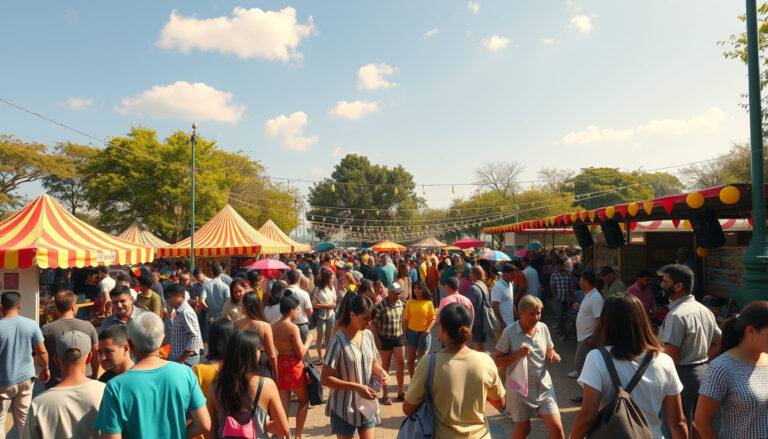As the allure of owning a home becomes more enticing, many buyers are now considering purchasing properties during the rainy season.
One notable market that showcases this trend is Costa Rica, where lush landscapes and vibrant ecosystems thrive during the wet months.
This essential guide to buying rainy season properties will arm prospective buyers with the vital insights necessary to navigate this unique segment of real estate, highlighting key features to consider, location implications, financial aspects, and maintenance tips essential for a successful investment.


Preparing for Maintenance and Upkeep
When investing in Costa Rica real estate, particularly in areas prone to heavy rainfall, such as coastal regions and lush rainforests, preparing for maintenance and upkeep during the rainy season is crucial.
The months of May to November not only bring vibrant greenery and a refreshing atmosphere but also challenges that homeowners must address to protect their investments.
During this period, it’s essential to inspect the property’s drainage systems to prevent flooding and ensure that roofs are in optimal condition to handle the increased precipitation.
Additionally, regular maintenance of landscaping can help reduce the risk of erosion, which is a common issue in rainy season properties.
By being proactive and employing effective maintenance strategies, real estate owners can safeguard their homes and enhance their value, allowing them to enjoy the beauty of Costa Rica’s lush scenery without the worry of weather-related damage.
Tips for First-Time Buyers of Rainy Season Properties
When considering rainy season properties in Costa Rica, there are several important tips that first-time buyers should keep in mind to ensure a successful investment.
First and foremost, evaluate the property’s drainage system and assess the area for flooding risk; heavy rains can lead to significant water buildup if drainage is inadequate.
Additionally, examine the construction materials used in the home; properties built with materials resistant to moisture, such as concrete, are often more durable and can withstand rainy season challenges better than those that utilize wood.
It’s also wise to consider the location; some regions experience more intense rainfall than others, so researching the microclimates will give you insight into what to expect.
Furthermore, consulting with local real estate experts who understand the nuances of rainy season properties can provide invaluable advice on property value, maintenance needs, and resale potential.
Finally, don’t forget to factor in seasonal maintenance; preparing your property for the rainy season, including regular gutter cleanings and landscape management, can help protect your investment for years to come.
Frequently Asked Questions
What are rainy season properties?
Rainy season properties are real estate investments located in areas prone to heavy rainfall or flooding during specific times of the year.
These properties often require unique considerations related to weather patterns and local infrastructure.
What key features should I look for when buying a rainy season property?
When buying rainy season properties, look for features such as elevated foundations, good drainage systems, waterproof materials, and energy-efficient designs that can withstand heavy rains and potential flooding.
How does location impact rainy season properties?
Location is crucial when buying rainy season properties.
Consider proximity to flood zones, elevation, soil type, and local drainage capabilities, as these factors can significantly affect the property’s vulnerability to flooding and water damage.
What financial implications should I be aware of regarding rainy season properties?
Financial implications include potential costs for insurance, maintenance, and repairs related to water damage.
You should also verify if the property is in a flood zone, as this can increase insurance rates and affect resale value.
What maintenance tips should first-time buyers keep in mind for rainy season properties?
First-time buyers should regularly inspect gutters and downspouts, ensure proper grading around the property, check for signs of water intrusion, and stay informed about local weather patterns to prepare for seasonal changes.





